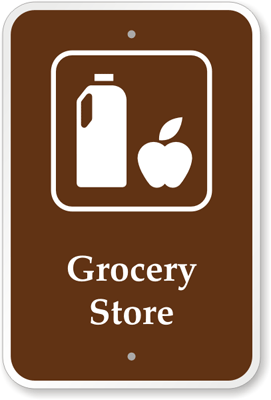Hours cut, wages cut, unemployment up, foreclosures up, credit card interests rates are up, oil up, energy prices up, and now for the 3rd year in a row food prices are up while the dollar goes down. There's no deflation for the working man.
Steep food price increases on way
Reuters
reports U.S. food prices will rise by at least 7 percent in 2009 because of higher feed costs for chickens, hogs and cattle, said a group of food-industry economists on Thursday.
It would be the third year in a row that food prices rose faster than the overall U.S. inflation rate. Food inflation is the highest since 1990.
"The sizable increase in the cost of producing food has not been fully passed on to the consumer," said private consultant Bill Lapp. He foresaw food inflation of 7 percent-9 percent in 2009.
During a teleconference, economists from the National Chicken Council and the consultancy Farm Econ said food inflation could be 7 percent-8 percent. The teleconference was arranged by a group of major foodmakers.
Wholesale prices for items used by foodmakers have climbed more rapidly than grocery and restaurant prices, so higher consumer prices are in store, said Lapp.
Although grain prices have declined since summer, this year's corn, wheat and soybean crops are forecast to fetch prices at the farm gate that are double their 2005 levels. Corn and soybeans are major ingredients in feed rations.
"We've been losing money for more than a year," said Bill Roenigk, economist for the Chicken Council, who said producers intend to cut production by as much as 12 percent. "We need to recover these feed costs."
Thomas Elam, head of Farm Econ, said poultry, hog and cattle producers would cut production in coming months because of feed costs, meaning less meat on the retail market but at higher prices.
Menu prices are restaurants up 4.3 percent so far this year, the largest increase since 1990, said Hudson Riehle of the National Restaurant Association. He said one-third of each sales dollar goes to food purchases.
Agriculture Department forecasts also say pricey meats will drive food inflation in 2008.
Americans spend more than $1 trillion a year on groceries, snacks, carry-out foods and restaurant meals. Farmers get 20 cents of the food dollar. The rest goes to processing, labor, transportation and distribution.







